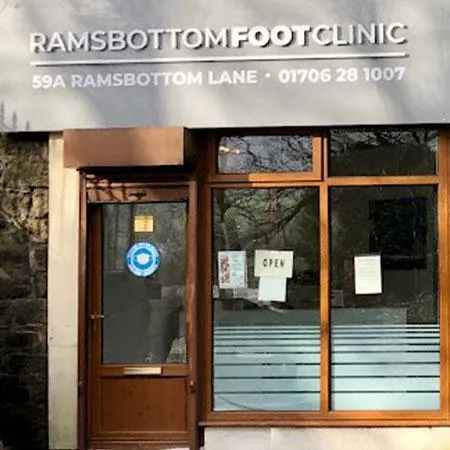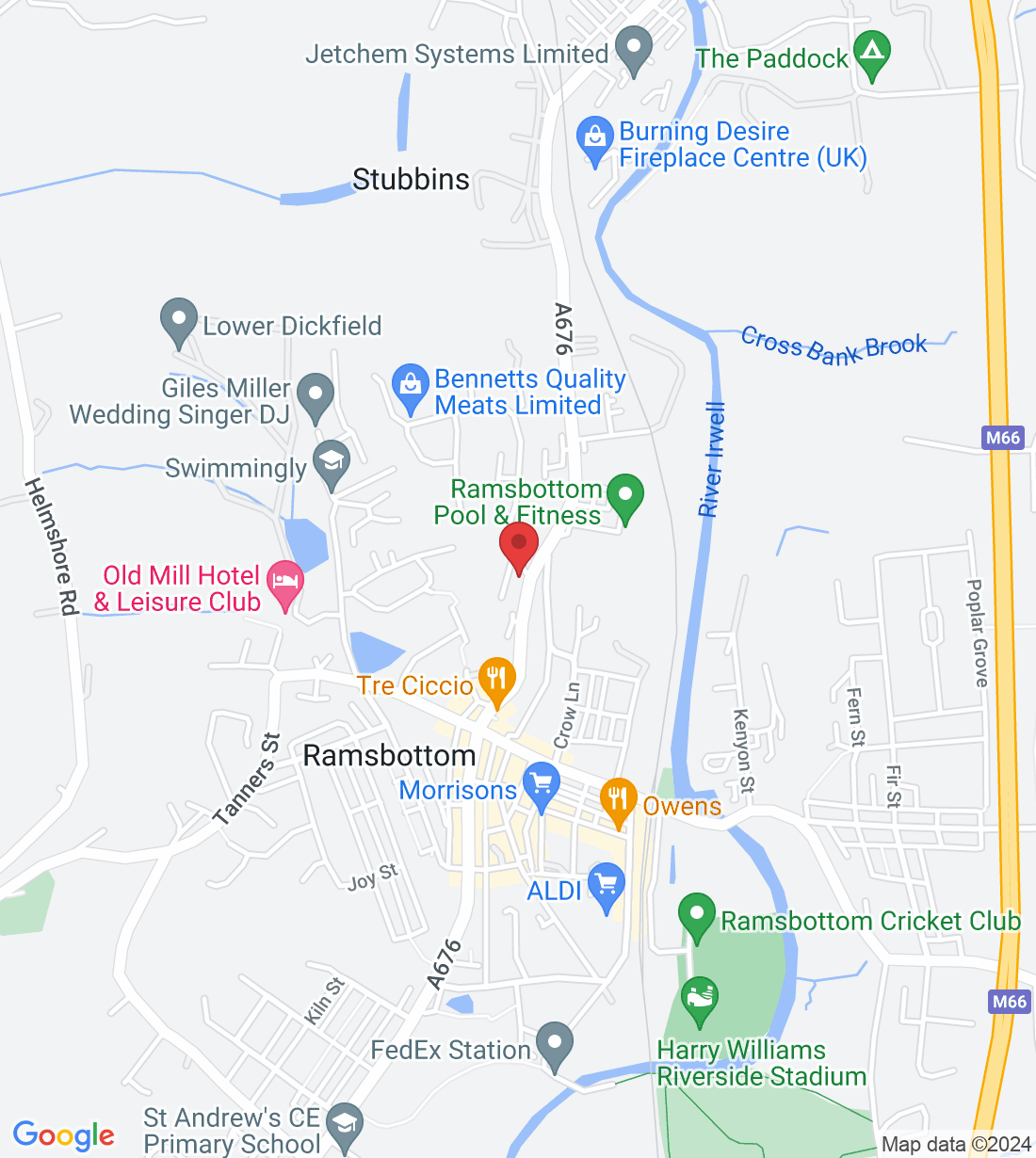
The Different Types of Fungal Nail Infections: Onychomycosis Explained
Fungal nail infections, medically known as onychomycosis, are a common and often stubborn problem. They can affect any nail, but they’re most commonly found on the toes. If you’ve noticed discoloration, thickening, or brittleness in your nails, you might be dealing with a fungal infection. Understanding the different types of onychomycosis can help you better manage and treat these infections. Let’s break down the various types and their specific characteristics.
1. Distal Subungual Onychomycosis
What It Is: This is the most common type of fungal nail infection. It primarily affects the distal (tip) portion of the nail.
Characteristics:
Appearance: The nail becomes thickened, discolored (usually yellow or white), and may crumble or separate from the nail bed.
Causes: It’s often caused by dermatophytes, which are fungi that thrive in warm, moist environments. These fungi can enter the nail through small cuts or cracks.
Who’s At Risk: People who frequently walk barefoot in communal areas like swimming pools or gyms are more susceptible. It’s also common in individuals with sweaty feet or nail trauma.
2. White Superficial Onychomycosis
What It Is: This type affects the surface of the nail, leading to a white, powdery appearance. It’s less common than distal subungual onychomycosis but still quite prevalent.
Characteristics:
Appearance: The nail surface becomes white and flaky. The infection can spread across the entire nail, giving it a chalky look.
Causes: Usually caused by dermatophytes but can also be due to non-dermatophyte molds.
Who’s At Risk: People with a history of athlete’s foot or those who wear tight-fitting shoes are at a higher risk.
3. Proximal Subungual Onychomycosis
What It Is: This type affects the area closest to the cuticle and is less common than distal subungual onychomycosis.
Characteristics:
Appearance: The infection starts at the cuticle and moves outward. The nail may become discolored (white or yellow) and thickened at the base.
Causes: Often associated with underlying health issues, such as immune system disorders or HIV.
Who’s At Risk: Individuals with compromised immune systems or those undergoing treatments that affect their immune function are more prone to this type.
4. Candidal Onychomycosis
What It Is: This type is caused by Candida yeast infections rather than dermatophytes. It tends to affect the nails of the hands more than the toes.
Characteristics:
Appearance: The nail becomes thickened, discolored, and can sometimes separate from the nail bed. The infection often starts at the side of the nail and may cause swelling or redness in the surrounding skin.
Causes: Candida infections are commonly associated with prolonged exposure to moisture and irritants, such as frequent hand washing or wearing gloves.
Who’s At Risk: People with occupations that involve frequent hand washing or exposure to wet conditions, as well as those with compromised immune systems, are at a higher risk.
Treating Fungal Nail Infections
Regardless of the type of fungal nail infection, early intervention is crucial. Treatments often involve topical antifungal medications, oral antifungal drugs, or laser therapy. It’s important to consult with a podiatrist for a proper diagnosis and treatment plan tailored to your specific condition.
Preventing Fungal Nail Infections
To reduce the risk of fungal nail infections:
Keep your nails trimmed and clean.
Wear breathable, moisture-wicking socks.
Avoid walking barefoot in public places.
Disinfect nail clippers and other grooming tools regularly.
Understanding the different types of onychomycosis can help you identify and address nail fungal infections more effectively. If you suspect you have a fungal nail infection, don’t hesitate to contact Ramsbottom Foot Clinic for expert advice and treatment options. Your nails will thank you!
Ask Kiel And His Team
Fill in the form to request a Call From Our Team
One of our team will call you for FREE and answer any questions or concerns you may have about your uncomfortable foot condition
© Copyright 2022. Ramsbottom Foot Clinic. All rights reserved.



